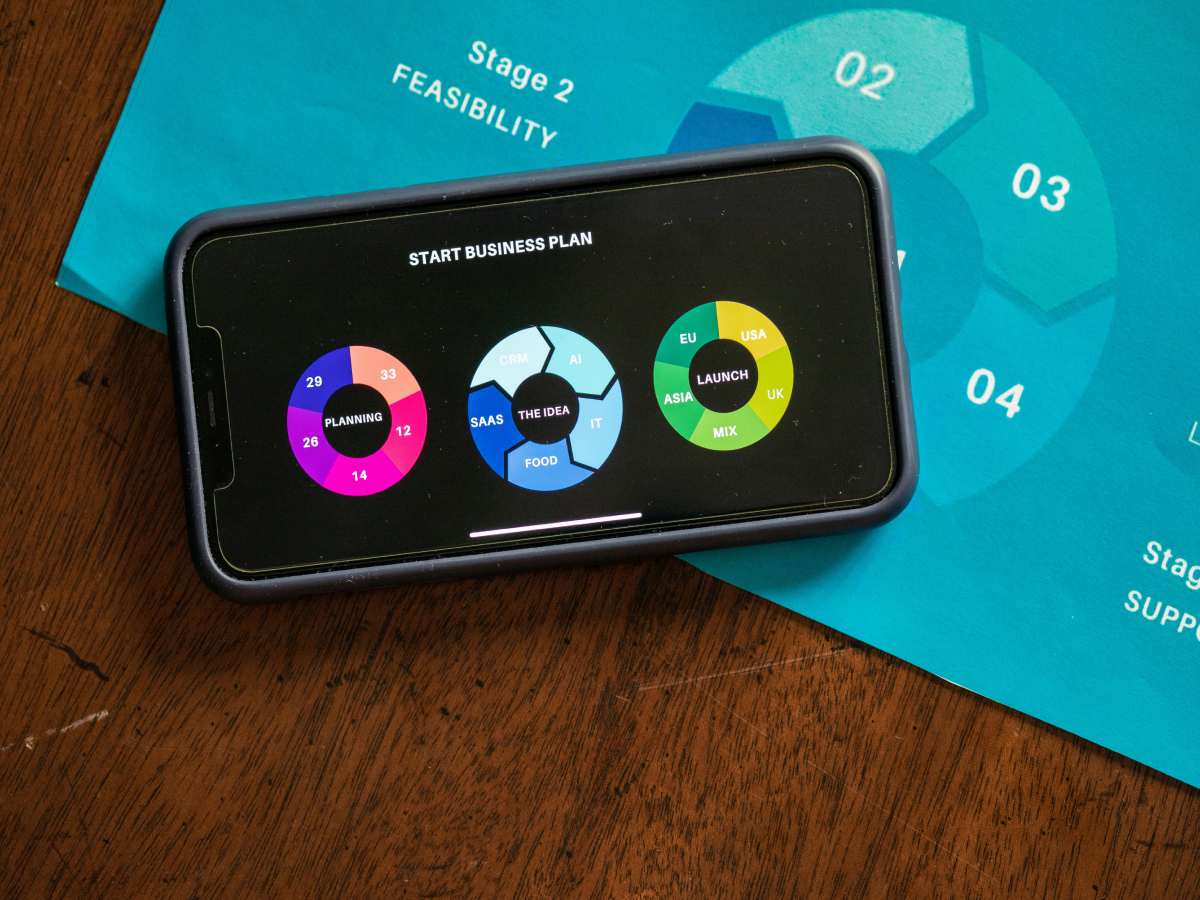Table of Contents
The False Comfort of Signups
There’s a moment of excitement every time a new trial signup comes in. It’s a validation that your offer is compelling, your messaging worked, and your paid ads are doing their job. But that excitement often fades when only a fraction of those users convert to paying customers.
The hard truth? A free trial isn’t a magic bullet. Without a well-structured onboarding flow, meaningful value moments, and smart activation tactics, your free trial becomes a leaky bucket. And for SaaS companies aiming to scale efficiently, that kind of drop-off is more than just frustrating — it’s expensive.
Not All Trials Are Created Equal
One of the biggest traps SaaS teams fall into is assuming all trial users should be treated the same. Someone who found you via a Google search and someone who came from a targeted LinkedIn ad are entering with very different intentions.
The first step in fixing drop-off is segmentation. Trial users should be bucketed based on intent, source, and behavioral patterns. From there, you can tailor onboarding flows, trigger contextual in-app messages, and even customize email sequences to speak directly to what brought them in.
Generic nurturing leads to generic results. Personalized flows based on source and user behavior can dramatically improve your trial-to-paid conversion rate — often more than tweaking the product itself.
Speed to Value is Everything
You’ve got a limited window to deliver an “aha!” moment. And no, that moment isn’t when they first log in — it’s when they actually experience a result your product promised.
Most SaaS products overestimate how intuitive their interfaces are. Instead of letting users figure things out, reduce the time to value by actively guiding them to a result. Whether that’s through interactive walkthroughs, auto-set templates, or quick-start wizards — don’t wait for them to explore. Lead them.
And when possible, front-load the value. Don’t bury the gold behind layers of setup. Give them a taste of what success looks like as soon as possible.
The Myth of “Just Let the Product Sell Itself”
Self-serve doesn’t mean hands-off. In fact, the most successful SaaS companies blend automation with smart human intervention. If someone signs up and starts poking around, that’s a signal. If they hit a blocker, that’s a flag. These moments can be triggers for outreach — either via live chat, emails, or even a timely “need help?” pop-up.
For high-potential accounts, nothing beats a quick personal touch. A short call, a tailored video walkthrough, or a Slack invite to a customer community can tip the scale. People buy from people, especially in a B2B environment where stakes (and pricing) are higher.
Measure More Than Signups
Success isn’t about how many people start a trial — it’s about how many complete key actions tied to long-term retention. For a project management tool, that could be creating a project and inviting a teammate. For a marketing platform, it might be launching a campaign or integrating with a CRM.
Define what those actions are, track them religiously, and build your entire onboarding experience around getting users to them. If you’re not optimizing for these signals, you’re just guessing.
Why This Matters More as You Scale
When you’re moving from $2M to $10M ARR, efficiency becomes everything. Acquiring users is no longer your biggest challenge — retaining and monetizing them is.
Poor trial-to-paid performance means inflated CAC and weak downstream metrics, especially LTV. It puts pressure on your paid channels, burns out your sales team, and makes it harder to forecast growth accurately. Worse, it can create tension with product and leadership when acquisition is strong, but revenue isn’t following suit.
This is where a growth agency for SaaS can bring clarity. By aligning acquisition, activation, and retention strategies, they help reduce waste, improve handoffs between teams, and ensure every user has a real shot at converting. Not by throwing more leads into the funnel — but by fixing the system that’s supposed to turn those leads into revenue.
Pricing Isn’t Always the Problem
When trial conversions are low, it’s tempting to blame pricing. But more often than not, pricing isn’t the issue — perception of value is.
Users will pay if they believe the product will help them solve a real problem. Your job is to prove that as quickly and convincingly as possible during the trial. Sometimes that means adjusting your messaging.
Sometimes it’s your feature positioning. But rarely is slashing the price the right move — especially if you’re aiming to move upmarket.
The Downstream Effects of a Better Trial Experience
Improving trial-to-paid conversion doesn’t just increase revenue — it sets up your entire customer lifecycle for success. These users are more engaged, easier to onboard, and less likely to churn. They’re also more likely to become advocates, helping you build social proof and word-of-mouth momentum.
In a market where CACs are rising and attention spans are shrinking, turning more trial users into paying customers is one of the most cost-effective growth levers you can pull.
Final Thoughts
Fixing trial-to-paid drop-off isn’t glamorous work. It’s not a flashy ad campaign or a product launch. But it’s foundational. And when it’s done well, it unlocks the kind of efficient, scalable growth that makes everything else easier — from hitting revenue goals to securing funding.
If you’re seeing high signups but low conversions, it’s time to stop celebrating vanity metrics. Start optimizing the experience that turns curiosity into commitment.

